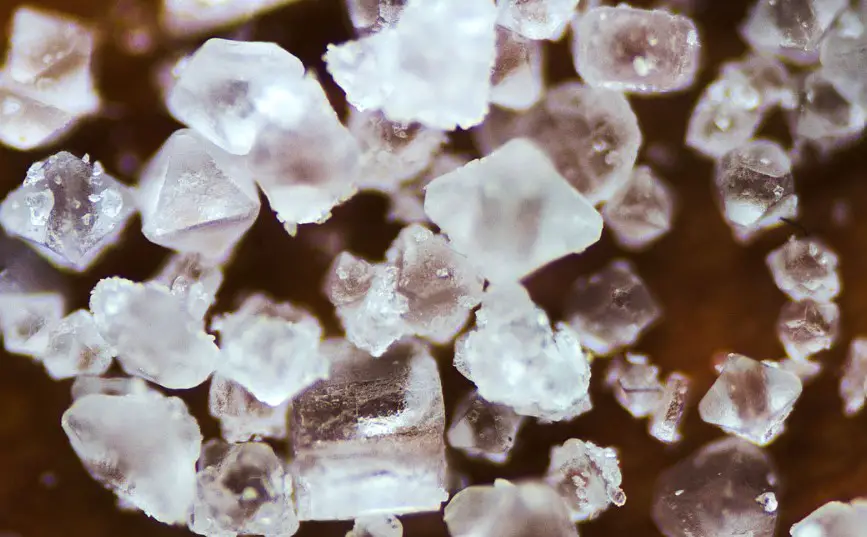Ionic Compounds & their chemical formula structure
In this post, we will cover the definition & a few examples of Ionic Compounds. We will also see how the chemical formulas of Ionic compounds are constructed. A brief mention of Ionic Bonding is also made in this post.
Definition of Ionic Compound
An ionic compound is composed of positive and negative ions that are combined so that the numbers of positive and negative charges are equal. Most ionic compounds exist as crystalline solids.
A crystal of an ionic compound is a three-dimensional network of positive and negative ions mutually attracted to one another. As a result, in contrast to a molecular compound, an ionic compound is not composed of independent, neutral units that can be isolated and examined.
Chemical formula of an ionic compound with examples
The chemical formula of an ionic compound merely represents the simplest ratio of the compound’s combined ions that gives electrical neutrality.
The chemical formula of an ionic compound shows the ratio of the ions present in a sample of any size.
A formula unit is the simplest collection of atoms from which an ionic compound’s formula can be written.
For example, one formula unit of sodium chloride, NaCl, is one sodium cation plus one chloride anion. (In the naming of a monatomic anion, the ending of the element’s name becomes ‑ide.)
A sodium ion, Na+, has a charge of 1+. A chloride ion, Cl–, has a charge of 1-. There is an electrical force of attraction between oppositely charged ions. In sodium chloride, these ions combine in a one-to-one ratio, Na+Cl–, so that each positive charge is balanced by a negative charge.

The chemical formula for sodium chloride is usually written simply as NaCl.
The ratio of ions in a formula unit depends on the charges of the ions combined.
For example, to achieve electrical neutrality in the ionic compound calcium fluoride, two fluoride anions, F–, each with a charge of 1-, must balance the 2+ charge of each calcium cation, Ca2+. Therefore, the formula of calcium fluoride is CaF2.
Ionic bonding in Ionic compounds
Most of the rocks and minerals that make up Earth’s crust consist of positive and negative ions held together by ionic bonding.
A familiar example of an ionically bonded compound is sodium chloride, or common table salt, which is found in nature as rock salt. (figure 1)
